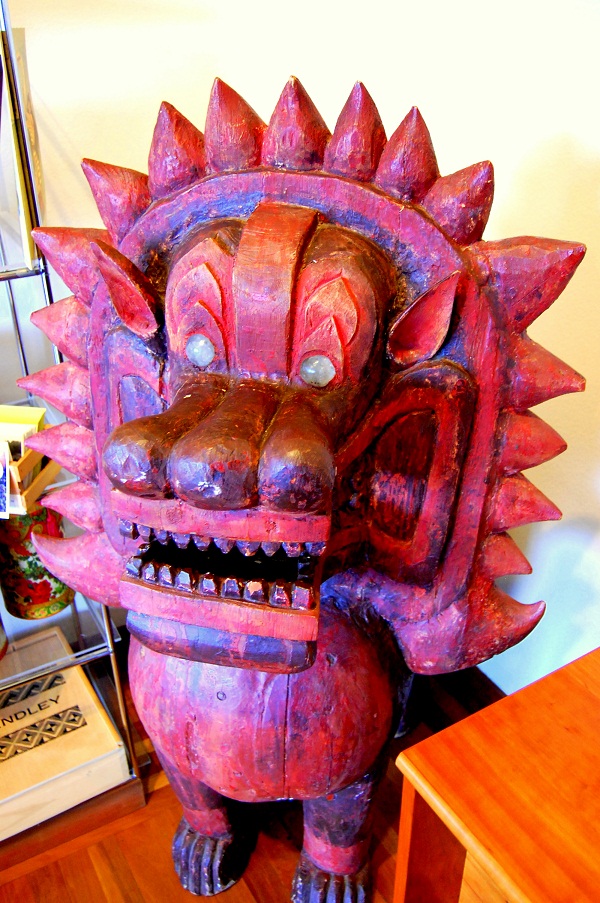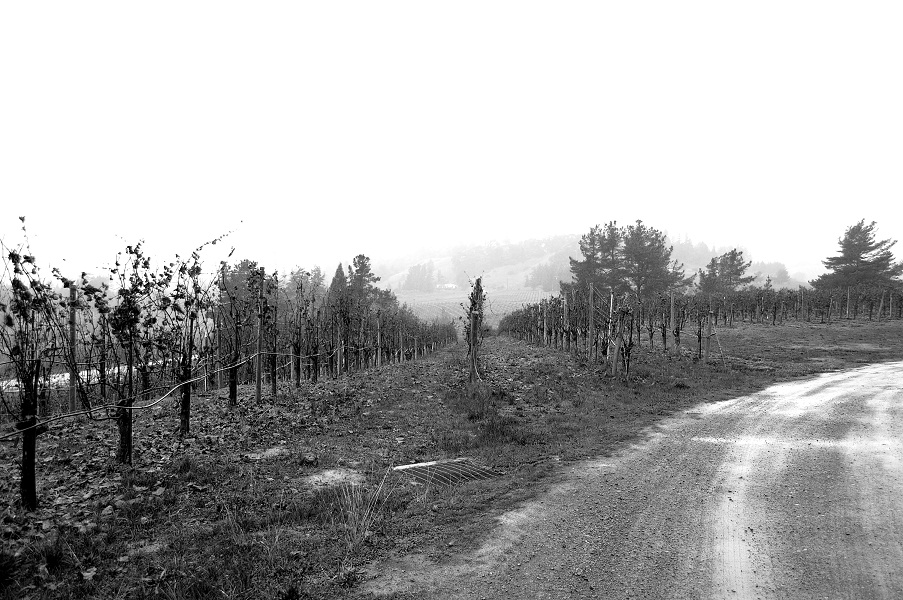Handley Cellars – Pulled from the Earth
It is a human thing to work with our hands. From our earliest ages our hands are our connection to the world around us. It is in our intrinsic character to be builders, to alter and reshape our environments. Toddlers start with blocks, before graduating to advanced structures built of pillows and sheets.
The acclaimed journalist and author Pete Hamill when recalling his Brooklyn childhood and the worn-out men who would crowd the trains after a long and dirty day of work said simply and eloquently, “you have to honor that.” For the millions of men and women who broke their backs, weathered their skin, and sacrificed their bodies in labor, callused, scared hands are a testament to a life spent providing for their families. The history of mankind and the advancement of the human race were carved out by enormous physical effort, by the work of the hands.
But modern technology has made life easier and our hands smoother. The washing board gave way to the washing machine. Rubber gloves and scrubbing pads were replaced by the dishwasher and scrubbing bubbles. Letters became email, email became Tweets, and the World got smaller.
In an age where increasing numbers of Americans can measure the time they spend outside of a man made environment in minuets rather than hours, there still exists great multitudes of those who measure time on nature’s terms. For these, “quarters” are not measured by market capital gains and complicated algorithms, but by the color of the trees and the flowers in bloom. I make a living working with my fingers under a fluorescent sun, tap, tap, tap. They pull their living from the earth.
Milla Handley pulls her living from the earth.
I first came across Milla and her Handley Cellars at the start of my year-long project. It was all by chance really. I wanted to include wineries from Mendocino, which I knew little about at the time. So, like any office jockey would, I did what was easiest, I Googled “mendocino wineries.” A few websites and a couple of emails later and Handley Cellars was my first Mendocino winery on A Long Pour. read the original here
As I wrote back in January, Milla, like many of her Anderson Valley neighbors has forged her own path in life and wine. Last January, unable to visit in person, Milla and I had a chance to exchange a few emails, but it is hard to get the true sense of a person or a place through the internet. Early last December, I finally had a chance to catch up with Milla on her stunning property in one of the most beautiful wine regions of California. We spoke about her children, the ongoing issues of water shortages, the pioneering spirit of the Anderson Valley, and what it means to work with your hands.
As we began our conversation, the topic of technology arose. I mentioned a few wineries I had come across that were using iPhones to monitor various aspects of their winemaking from fermentation to irrigation. “I understand all of that,” Milla said, as she began to explain why her approach is a little more hands on than the tap of a smart phone screen.
“I listen to an owner of a winery and he says, ‘I just love it (smart phones), because I can be in Hawaii and I can look at my irrigation reports and I can do this and I can do that.’ My attitude is; you can look at irrigation reports up the yin-yang and if you are not walking the field and seeing whether the shoot tips are crisping or going crazy [what good is it]? You need to be spending time in the vineyards. Frost protection is one of those things that yeah push a button, have it go on but there’s a rock in it and you lose your whole crop.”
“You don’t get all of the information remotely. I’m old fashioned, I like the hands on. My dad’s best friend when I was growing up was a bank president, Palo Alto BofA. Every Saturday he drove around to look at construction sites to see where they were at when they were asking for money. So many people sit behind a computer and OK something when someone says it’s signed off on and it’s not being done.”
ALP: What would you like people to know about the Anderson Valley?
MH: “I think that Anderson Valley is an incredible place to grow cool climate grapes. At this end of the valley it’s pretty much Alsace varietals, Riesling, Gewurztraminer. There’s a little Pinot Blanc, I wish there was more, Pinot Gris, they all excel here.”
“I think if you took people and asked them about the three varietals from Alsace, Pinot Gris, Gewurztraminer, and Riesling and you said, what region grows them better than any region in the United States? I think people would say here. I think Anderson Valley does a superb job with Pinot Noir and the valley its self imprints a lot of flavors. There’s a lot more spiciness in a lot of them. They have some red fruit and they have a clarity of fruit without most of them being that extracted and huge…But the climate dictates a lot. It certainly dictates what we can grow and it dictates our style and I like that.”
It was a cold wet day that I visited the Anderson Valley. The roads were empty, and aside from one small group of tasters at Handley, my friend Luis and I were alone at the tasting rooms. We were surprised to find the same group when we stopped for lunch.
One of the young men who had seen us at Handley approached us after awhile. Luis had overheard one in the group remark as we walked in the restaurant, “those guys are here, I think they are writing a book or something.” It turns out the group was on a tour and he was their guide for the day. We spoke for awhile about the valley and Milla and how much we both liked her. I asked who was worth checking out in the area and was told there were some newcomers to the valley doing fantastic things with Pinot Noir, one a lawyer from the Midwest.
I thought about the conversation later that afternoon while I was at Husch, another long term resident of the valley and the first to plant Pinot Noir there. I thought about it as I prepared this article, about the lines between old and new. While established wineries have their reputation and body of work to draw from, they can become slaves to their own success. New well funded projects can often afford any cost to set up spectacular wineries, but they lack a track record.
So which is better? Some of my favorite winemakers have been making wine for little more than a half dozen year. But others I love have been at it decades. For me, I guess what it comes down to is the producers I love, whether novice or veteran, are in the middle of it, getting dirty, risking their money and reputations by the work of their hands.
At the end of the day, when I reflect on the decades someone like Milla has spent building a name, refining a craft, and working the land, I am left with one conclusion: you have to honor that.
3151 California 128
Philo, CA 95466
(707) 895-3876






Thanks again, Wayne for this lovely story . I too can relate about being present . I have a small farm in Georgia. We don’t grow grapes, although I am considering planting a few acres, Muscadine grapes do well in this particular region.
Keep writing.
Regards,
Marrie
Wow a farm really? I want a farm! It is exciting to see the wines coming out of all the states, so maybe you could do something interesting in Georgia.